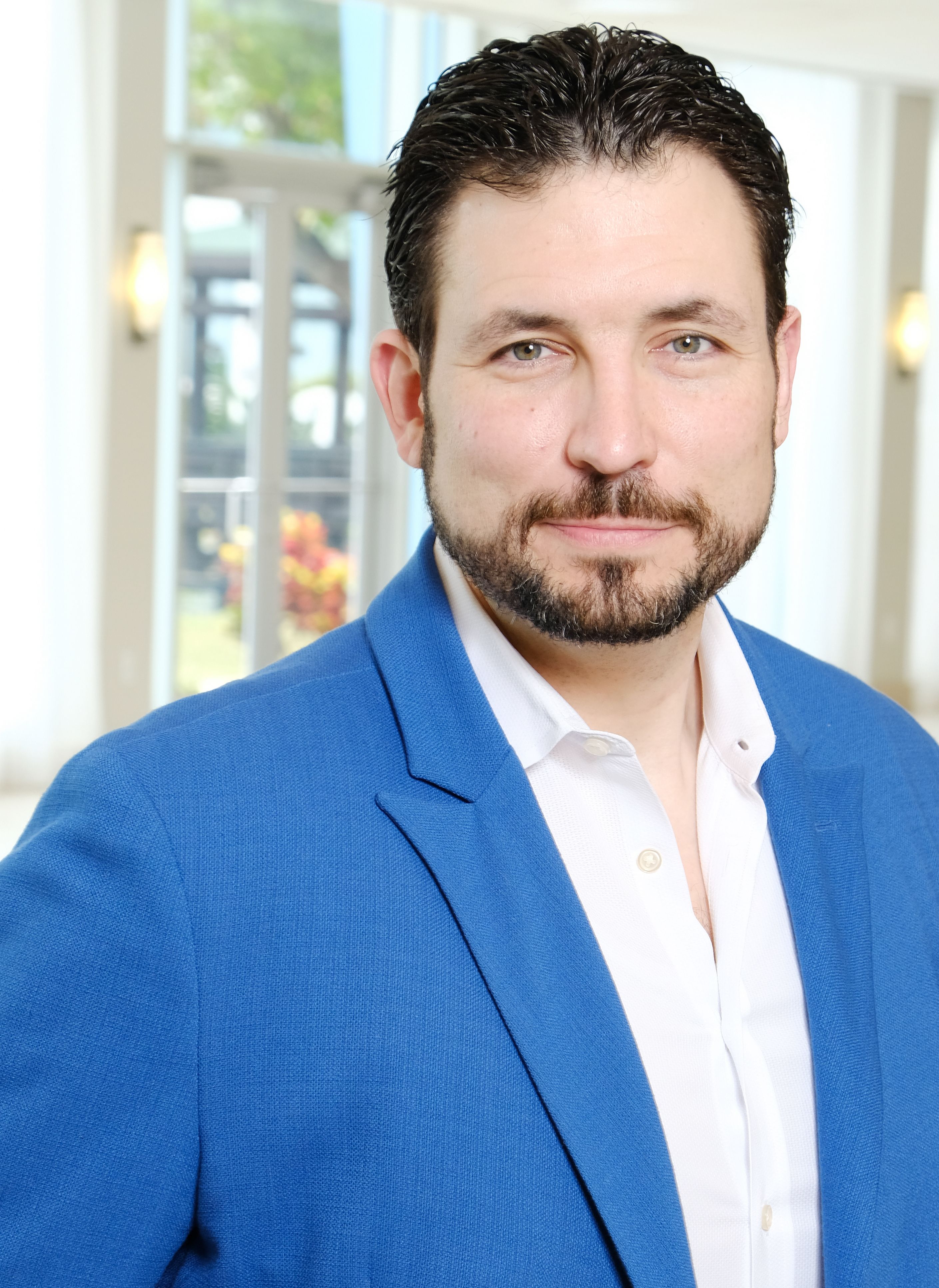Properly Accommodating the Patient Journey
OptimizeRx’s Steve Silvestro on how the healthcare sector is performing when it comes to patient care, and how the use of technology can positively impact that process
Many would agree that major selling points in providing a pleasant experience for patients undergoing a treatment regimen is ease of use and having their data properly organized in a centralized database. In pursuit of these goals is OptimizeRx. The company’s chief commercial officer, Steve Silvestro, sat down with Pharma Commerce to discuss the current patient care market, the evolution of the EHR, and the role the digital health company is playing in the HCP-manufacturer relationship.
Pharma Commerce: What motivates you in your efforts to improve the quality of care for patients?
What motivates me is what I have experienced personally in the healthcare system—both myself and helping family members navigate the system. We are at a point where our system needs a radical shift toward improving support for the long-term care needs of patients. Our system is great at providing for patients who need emergency healthcare, but the quality of care for patients suffering from chronic illness or cancer patient needs immediate improvement.
The complexities in our insurance system have become unacceptable. For example, an elderly patient who is told they need to go on a biologic that requires an infusion must be able to navigate a complex approval process to get timely access to that infusion. If the script gets denied because of missing information or is delayed due to the manual documentation processes required, it can take up to four resubmissions before it is approved. So, that patient goes without therapy, the suffering continues, and it places a much larger burden on the healthcare system. The patient can be re-hospitalized and/or they may have other compound co-morbidities that come up as a result of not addressing the initial concern. Patients depend on quick and efficient access to care, but a web has been woven to prevent that. I want to change that.
What our healthcare system is lacking is the ability to identify and treat patients when they need help. Interoperability between care delivery systems could solve part of this problem.
Credit: Tonefotografia.com/stock.adobe.com

What is your evaluation of how the healthcare field is guiding individuals along the patient journey?
Our healthcare system is not doing nearly enough to help patients on their individual journeys. If patients are not semi-entrepreneurial health-seekers, they will not get the care they need to improve. Recently, I helped a family member who was suffering from a chronic disease to navigate the coordination of the care he needed to manage his condition. We could not get a full picture of his health history, despite his records being in the same health system, with the same electronic health record (EHR) provider. The information was siloed in two separate electronic medical records (EMRs). I physically brought the separate sources of his health information that I collected to his doctors to try and coordinate his care. In his case, the lack of visibility between specialists led to two treatments that were counteracting each other and not helping him get better.
This lack of guidance for patients is a common story in our country; so many patients and providers are challenged by not having a patient’s full health history in one location, with availability at the appropriate time.The physicians only see what is in front of them in the EMR and have no health history outside of that record, unless it is self-reported by the patient. When a patient and provider don’t have adequate information, how can patients get the care they need? It’s not realistic to think that a patient has a perfect memory of their own health history.
How is the healthcare provider (HCP) benefiting from increased automation and the ongoing development of AI within the EHR?
The HCP is benefiting by the advances in technology, including artificial intelligence (AI) at the point-of-care (POC) by having increased access to treatment information that is specific to their patients. The integration of AI at the POC helps mitigate some of the challenges physicians can face, both in accessing patient’s health information as well as sorting through the vast amount of patient data. Physicians have increasing patient loads, yet they need to review historic patient data that they often do not get—not only from their own EHR system, but other EHR systems, and even health data from other states and countries. By applying AI and machine learning (ML) across longitudinal patient data sets for physicians, we are able to deliver information that helps providers make more informed and evidence-based decisions.
Steve Silvestro

How does OptimizeRx’s TelaRep one-click prescriber connectivity solution simplify communication between HCPs and manufacturers?
It is important for pharmaceutical manufacturers to remember that physicians are also their customers. When technology helps to improve communications for the physician, it will ultimately improve the experience for the patient. The physician experience has declined over the last decade because of several factors, such as disconnected technologies, increased administrative work, and the number of patients providers need to treat. We’re seeing record numbers of HCPs leaving practice. Technology can help improve the physician's experience, as well as communications between HCPs and manufacturers.
TelaRep aims to get providers the information they need right when they need it. With one-click, an HCP can direct-text their manufacturer rep directly within the EHR. One TelaRep program for an autoimmune therapy connected medical science liaisons (MSLs) with providers to help the MSLs communicate with doctors about the complex scientific profile and prescribing requirements for a medication. The program increased scripts 37% in areas where TelaRep was used. The texting capability in TelaRep, right from physician’s workflow, enables a more productive conversation because reps have an opportunity to understand, ahead of time, what a provider needs.
TelaRep also provides a personal connection between pharma and HCPs at a time when pharmaceutical sales forces are shrinking, and many physician offices still have COVID-19 protocols that limit face-to-face communications. Manufacturers need to supplement field teams while finding new digital paths for communication with physicians. Services like TelaRep enhance the work of the sales reps by making them more effective, creating better experiences for the physician, which increases the likelihood the rep will be contacted again.
What is your vision of the future development of innovations in the EHR?
Future healthcare technology platforms that serve patients and providers will focus on connecting them in a meaningful way with the most accurate information when they need it. The largest unmet need that we see is the lack of interoperability between healthcare technologies. AI and ML are now being used to manage the vast amounts of information that doctors see every day and helping to prioritize that data. This technology can be leveraged to develop tools that will enable doctors to access the wealth of patient data in meaningful ways that will drive positive outcomes for more patients.
While the EHR remains the single most important point of communication with physicians as part of the natural workflow, physicians are also consumers seeking information from many sources throughout the day. They are looking for information even when they are not in a clinical environment, and they have so many sources of information. How do they sift through the noise and get to the next best steps? While EHR communications will continue to innovate and improve, the future is also about communicating with physicians via other platforms, including social media, where physicians are seeking information from colleagues or key opinion leaders. The key is to engage physicians in meaningful ways and provide them with the information they are looking for across multiple platforms.